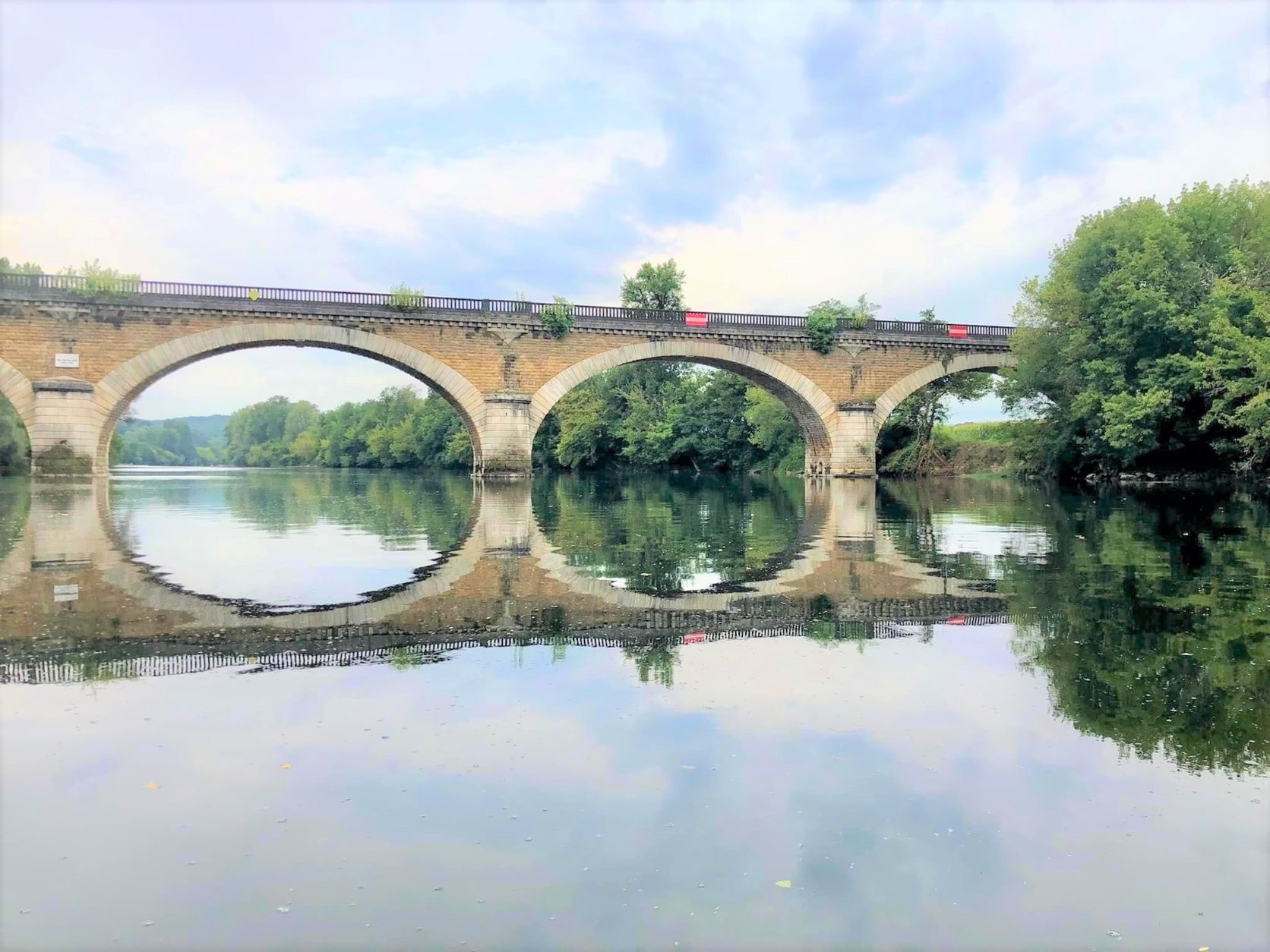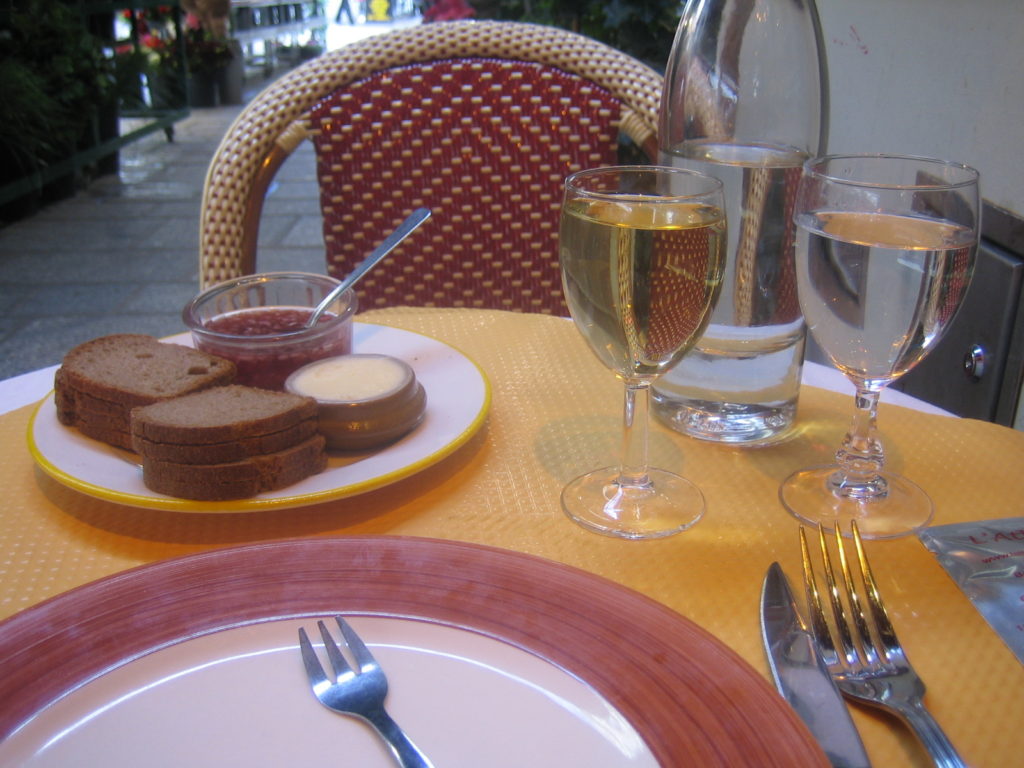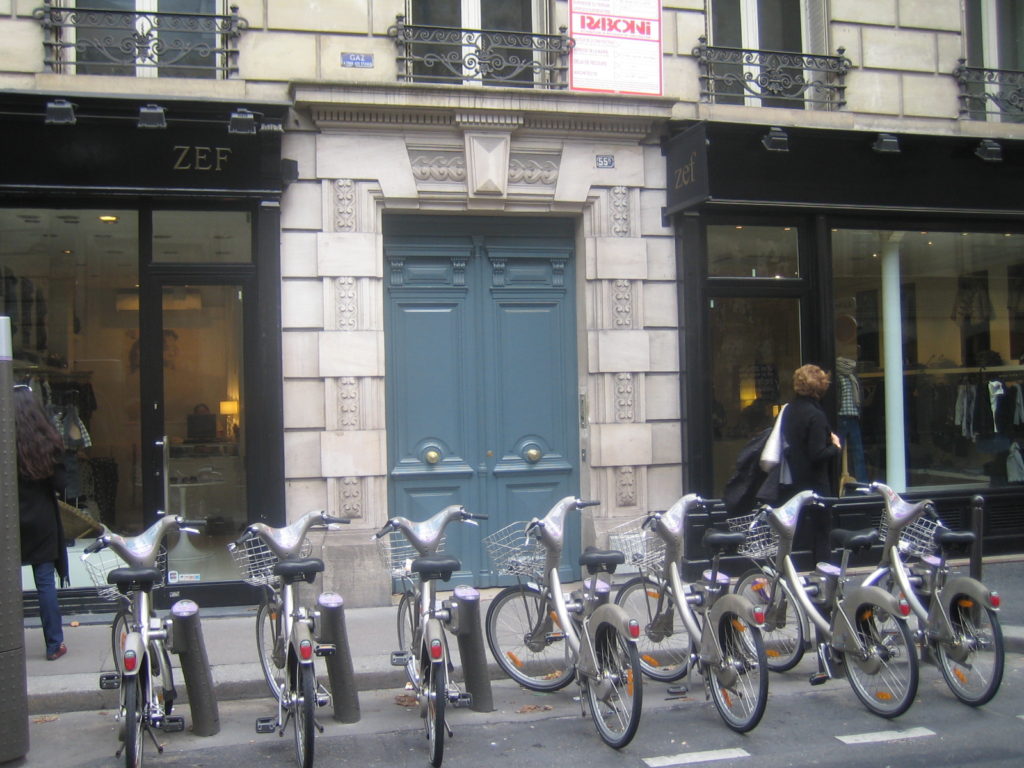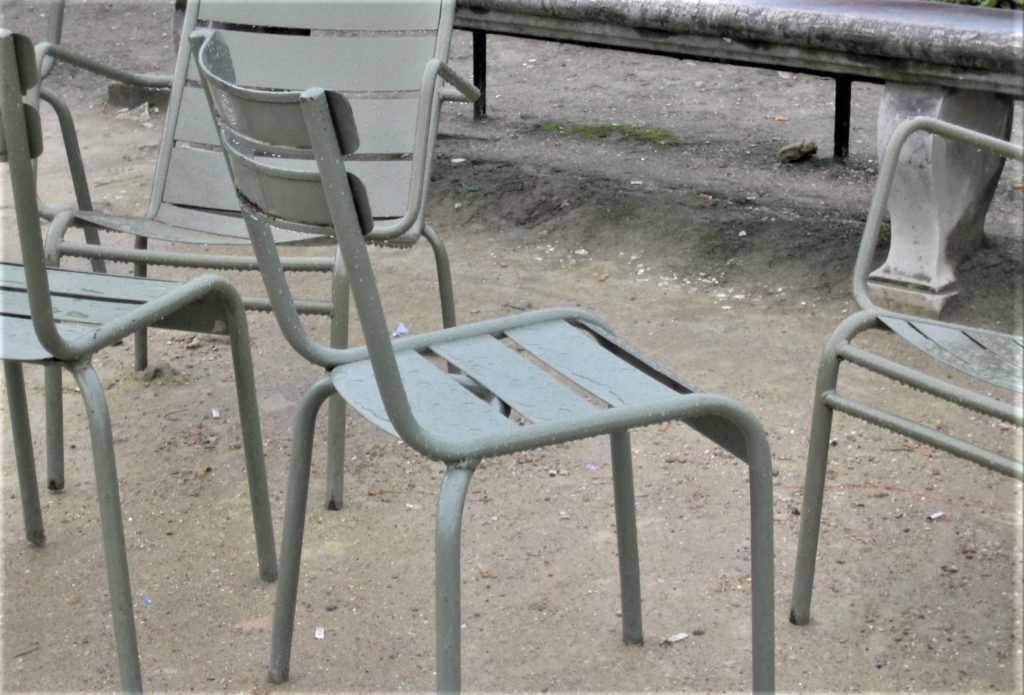Canoeing isn’t what it used to be. When I was growing up in the Midwest, we canoed on ponds and down small “rivers” with minimal white water. We portaged, set up overnight camps and swam in the water. The route was relatively shady, with tree branches drooping over the water. There were a few rocks to manage, but little else demanding major effort in the blissful routines of summer camp.
To be sure, we never saw massive fortress-like medieval castles commanding attention from towering sandstone bluffs! Such was our late summer day along southwest France’s Dordogne River, east of Bordeaux in what one of my friends calls the “ac-country,” where many of the villages and towns end in “ac” from the ancient Celtic language – Montignac-Lascaux, Salignac-Eyvigues, Carsac, Aillac, you get the idea.
Along the tranquil Dordogne, here in the Périgord (which is primarily known for its truffles), some of the “most beautiful villages in France” sit quietly, presiding low under the sandstone bluffs or nestled into the valleys. They are homes to some of the most delicious French food, ceramics from unique “terroir” and eons of history. Caves with well-preserved prehistoric drawings have been discovered here in the pocked sandstone bluffs and grottoes along with villages (known as “troglodytique” communities) that were built into the protected terrain and occupied from the Middle Ages to the end of the 19th century. The rugged landscape was a favored domain of the French Resistance during World War II. Legendary night-club entertainer Josephine Baker, who was an intrinsic part of that underground during World War II, purchased a huge castle just across from the landing where we completed our outing. But I get ahead of my story…
Of all the areas I’d visited in France, I had never experienced the Périgord and was fortunate to have traveling companions who knew the area and delighted in charting our two-day roadtrip. Coincidentally I had pre-ventured into the region in a paperback I had bought for the airplane; yet, The Coldest Case: A Mystery of the French Countryside, one volume of Martin Walker’s Bruno Chief of Police mystery series, gave me an insightful preview of the local culture and like our journey, is a really good story propelled by savory cuisine, local color and personality as much as adventure.
We geared up for our three-person canoe at La Roque-Gageac, and I was nervous that we’d never make our pick-up spot 9 miles down the nearly 480-kilometer river (and, as landmarks, under three bridges) in the three allotted hours. Canoe is a weird word in French, spelled the same as in English but pronounced “can-oo-ay.” Fortunately in the drought, the Dordogne had not suffered as greatly as some streams in France, and the water gently moved us along; we scraped the rocky bottom only a few times and reached our destination in half the time. While we were out of practice, which added some drama (we were broadside in the river only twice), we managed to meander sufficiently calmly to fully take in the awesome fortresses above – including Beynac, the most exceptional full-on display, and the turrets of Baker’s Chateau des Milandes more quietly peaking above the trees. For nine centuries, Chateau Beynac had held forth during several wars more than 450 feet above the Dordogne and you could see why. She would not be moved! The next time I’ll find a way to visit Baker’s chateau, elegant on its own and deeply connected to Baker’s absorbing biography.
The evening in Sarlat-la-Canéda was a refreshing glimpse inside a charming 15th-16th century medieval city in Périgord Noir, in Périgord’s eastern region, which takes its name from the dark color of its evergreen forests and dark soil. During this August holiday week, thousands of tourists strolled across the cobblestone promenades and narrow alleys, where no cars are allowed inside the once-walled-off center. I enjoyed the luxury of Le Petit Manoir, a hotel d’exception, a 15th-century sandstone mini-chateau with has only 13 guest rooms, each individually appointed in the spirit of a hotel particulier) and reached by climbing up the front turret’s wide stone stairway. The climb is not for the faint-hearted, and I did have more bag-carrying than anticipated from the cobblestone passageway up to the grand doors of the hotel. Inside, however, I was quickly and warmly greeted. Without hesitation, I delighted in being tucked away from the bustle while still able to hear the cathedral bells on the hour. (You could have found me in the Marie-Louise d’Autriche room (she was Napoleon’s second wife), coincidentally next to the Josephine Baker room, sampling the petit chocolates, plums and sparkling water set out on the side table near the tall French windows that opened out over an intimate courtyard and pool.)
We dined on traditional regional cuisine around the corner at Restaurant l’Entrepôte (namely duck confit and goose liver pâté – or foie-gras), strolled after dinner among the mimes and acrobats entertaining in the plaza, bought local wine from Bergerac and game pates for friends in a small gourmet shop, selected hand-crafted beaded jewelry from a local designer and slipped inside the silence of the stately cathedral to pause and reflect on a perfect day.





A wonderful description of a truly wonderful area of France! ♥️
Thank you – especially valued from someone who really knows the region!